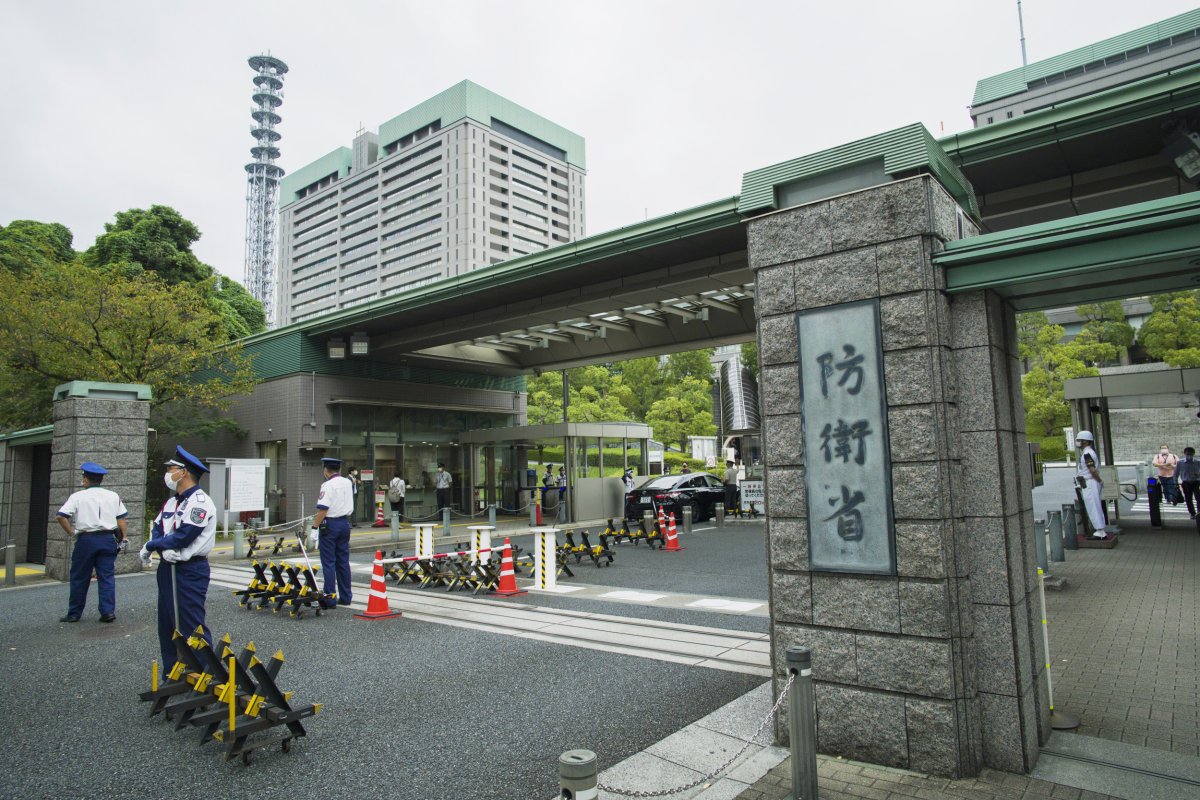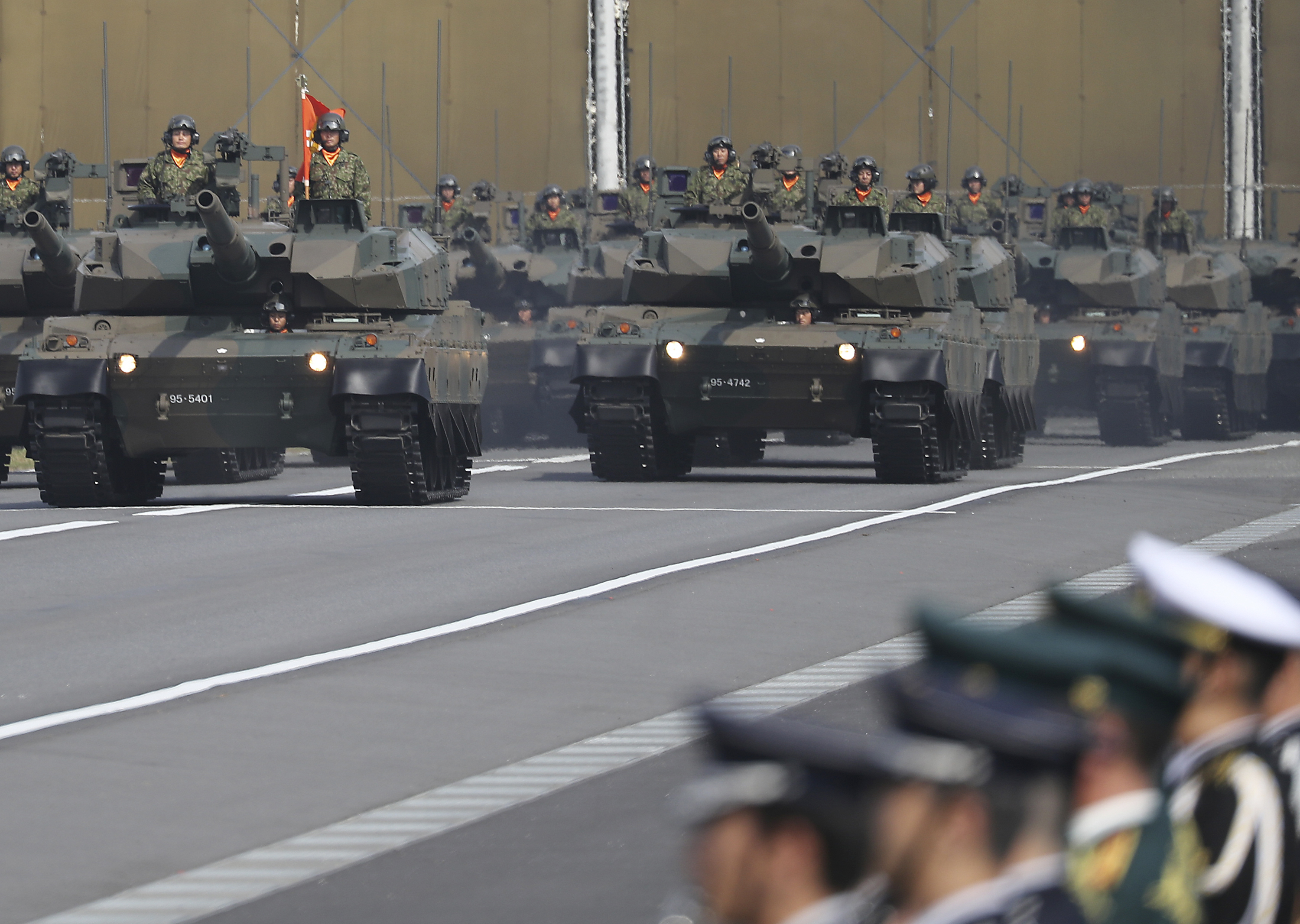Japan is gearing up for a significant increase in defense spending, with the Defense Ministry proposing a record budget of 8.5 trillion yen (about $59 billion) for the upcoming fiscal year. This ambitious request highlights the country’s growing concerns over military threats from China.
If approved, this budget would represent Japan’s largest military investment ever, aimed at enhancing its defense capabilities in the southwestern islands where tensions with Beijing are on the rise.
This proposal is part of a broader five-year military expansion plan, marking its third consecutive year. By 2027, Japan aims to allocate 43 trillion yen (around $297 billion), effectively doubling its annual defense budget to 10 trillion yen.

Eugene Hoshiko/AP file
With this increase, Japan would be positioned as the third-largest military spender globally, trailing only the U.S. and China. The rise in military presence from Beijing, particularly its activities around the disputed Senkaku Islands, has heightened tensions in the region.
In light of these provocations, Japan is focusing on fortifying its defenses, especially around the East China Sea. The proposed budget includes around 970 billion yen ($6.7 billion) dedicated to enhancing strike-back capabilities through the acquisition of long-range missiles and advanced launch systems, such as those found on Aegis-class destroyers.

Hiro Komae/AP file
Moreover, Japan is set to launch a satellite network aimed at improving missile detection, a necessity as regional adversaries like North Korea and Russia enhance their hypersonic missile technologies. Tokyo is also prioritizing investments in unmanned systems and artificial intelligence, with 103 billion yen ($710 million) allocated for developing drones suited for surveillance and combat roles.
Additionally, the budget seeks 314 billion yen ($2.17 billion) for constructing three new multipurpose compact destroyers, which are designed to operate with smaller crews compared to existing models. Defense officials have branded drones as a “game changer,” highlighting their role in minimizing casualties and extending operational reach.
However, Japan’s Self-Defense Forces have faced recruitment challenges, managing to fill only half of the 19,598 positions required last year—the lowest in its 70-year history. This shortfall is attributed to demographic shifts, including declining birth rates and competition from the private sector offering more appealing job prospects.
This article includes reporting from The Associated Press
